Why are we so drawn to the idea of a detox? From digital detoxes to Dry January, there’s just something so compelling about a clean slate. There’s a mindset component that reminds you that you can do hard things and trains your discipline muscle. There are also the material rewards: a faster computer after a digital detox, a replenished savings account after a “no-spend” challenge, or the promise of a clearer complexion when you do a skin detox.
But “detox” has become a buzzword in the wellness community. These days, I’m skeptical when I hear about the powers of the latest trendy cleanse. While some big changes can yield big results—like quitting caffeine or going grain-free—I’ve found the most sustainable change comes by sticking with the basics. But after the holidays, when I’ve neglected my routines and my skin is paying for it, I inevitably begin a skin reset.
Featured image from our interview with Megan O’Neill by Belathée Photography.

What is a skin detox?
A skin detox is an attempt to purge the toxins from your skin by changing your diet or switching up your skincare products. There are some short-term solutions to purge the toxins from your skin, like sweating them out in a sauna or getting a detox facial treatment. But for a more effective, long-term skin detox, the answers are found in your gut or skincare routine.
When you detox your skin through food, you go back to basics. We know that what we eat affects our gut health, but do you know the connection between gut health and skin? It explains why you break out after indulging in sugar and why your face is puffy after too much salt. Food allergies, poor diet, and a lack of good gut bacteria can show up on your face. So, doing a skin detox often goes hand in hand with a food detox.
The Power of a Skincare Reset
The other option is a skincare reset. If food isn’t contributing to a duller complexion, it might be external toxins like pollutants, harsh chemicals, substances (like alcohol or smoking), or even using the wrong skincare for your skin type.
With the right products and tools, you can indulge in a professional-level detox to give your skin a clean slate. But don’t go rushing to buy pore strips and abrasive scrubs. A detox shouldn’t be a quick fix. Instead, it should help you clear away dead skin cells, sebum, and clogged pores—while also detoxing your skin long-term.
To unravel toxic detox myths from the facts, I spoke with Kylie Bensley, MS, RD and clinical dietician at Sulinu Nutrition and Athena Hewett, celebrity esthetician and founder of the clean beauty brand Monastery. Ahead, our experts uncover the truth: can you really detox your skin?

Would you recommend a skin detox?
Insights shared by Kylie Bensley, MS, RD
I regularly do them and recommend them. As we are exposed to more pollutants every day, a detox is a way to ‘reset’ our bodies, lower our toxin threshold, and become more mindful of our surrounding pollutants. The detox should not feel like you are depriving yourself, starving yourself, or feeling unhealthy in any way.
I highly recommend making it a holistic experience: Drinking hibiscus tea while detoxing in a dry sauna, deep breathing while giving yourself a lymphatic massage, and supplementing your drinks with psyllium husk to cleanse the colon.
“The detox should not feel like you are depriving yourself, starving yourself, or feeling unhealthy in any way.”
Kylie Bensley, MS, RD
Skin Detox Foods
Foods that are good for detoxing skin have the ability to bind to toxins and remove them from the body. Also look for glutathione producers. Glutathione is a nutrient that binds to mycotoxin—a toxin that wreaks havoc on the skin—and carries it out of the body.
By eating foods that support more glutathione production, we improve toxin removal in our skin. Foods that do this are:
- Broccoli
- Bell Peppers
- Cauliflower
- Beets
- Cranberries
- Garlic
- Kale
- Arugula
- Radishes
- Cranberries
Each food has a function. Look for foods rich in zinc, copper, and manganese—the three cofactors for collagen production, such as, Brazil nuts, pistachios, bone broth, and pumpkin seeds.
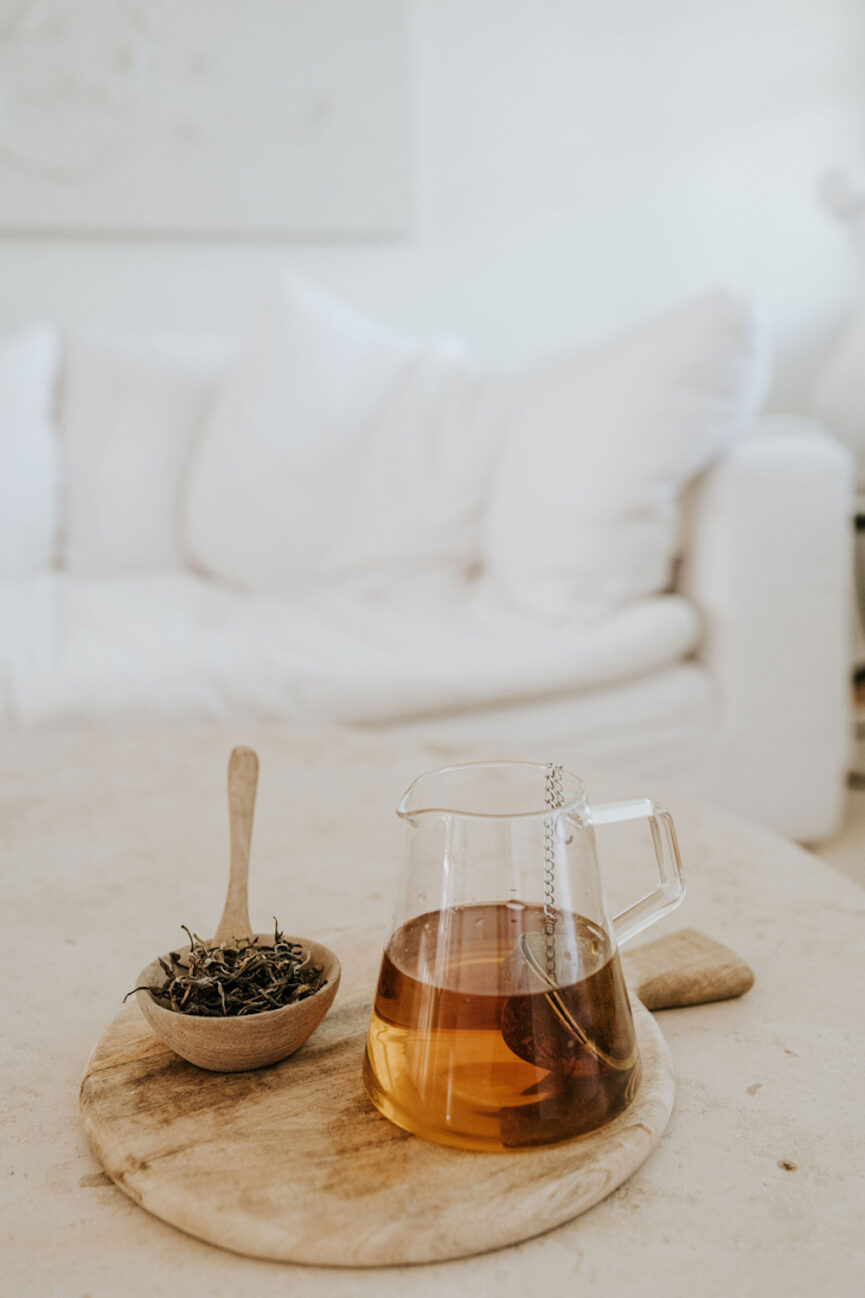
The Best Beverages to Detox Your Skin
Hibiscus tea. This tea is used in Ayurvedic medicine due to its cooling effect on the skin and its ability to decrease skin pollutants. The brews are rich in an antioxidant called myricetin that can help reduce collagen breakdown.
Chlorophyll drinks. Chlorophyll powdered drinks have been shown to prevent the accumulation of the persistent organic pollutant dioxin.
Cranberry juice. Cranberry juice works to cleanse the lymphatic system, which neutralizes waste products from the body’s tissues. (Try adding a sleepy girl mocktail in your nighttime routine!)
Green tea. Green tea contains polyphenols that are associated with reduced inflammation and lowered sebum production.

What ingredients in food cause acne?
In general, factory-farmed dairy, sugar, and gluten are the major culprits of acne. Some estimates say that 75% of the world’s population is lactose intolerant. If you have any acne problems, the first step is to switch to dairy-free versions of products.
Sugar is now found in nearly all foods. Essentially, if the ingredient ends in “-ose” on the label, it is sugar. Sugar has the ability to cause insulin surges, increasing the risk of acne. Safer sugars are stevia, raw honey, or maple syrup.
Gluten can be another trigger. Instead of eating “gluten-free” foods with fillers, eat a diet that is naturally gluten-free. I recommend getting your carbs from gluten-free sources that also promote blood sugar balance, such as sweet potatoes, quinoa, and lentils.
You can also do some type of food sensitivity or food intolerance testing, as acne-causing ingredients are individualized. A food sensitivity test will give you the best sources for causing acne.
How long does it take to detox skin?
It depends upon the toxic load you are carrying. Some people notice a difference in six weeks while others take several years because the toxic load is so built up in the liver and the body is working hard to excrete it.
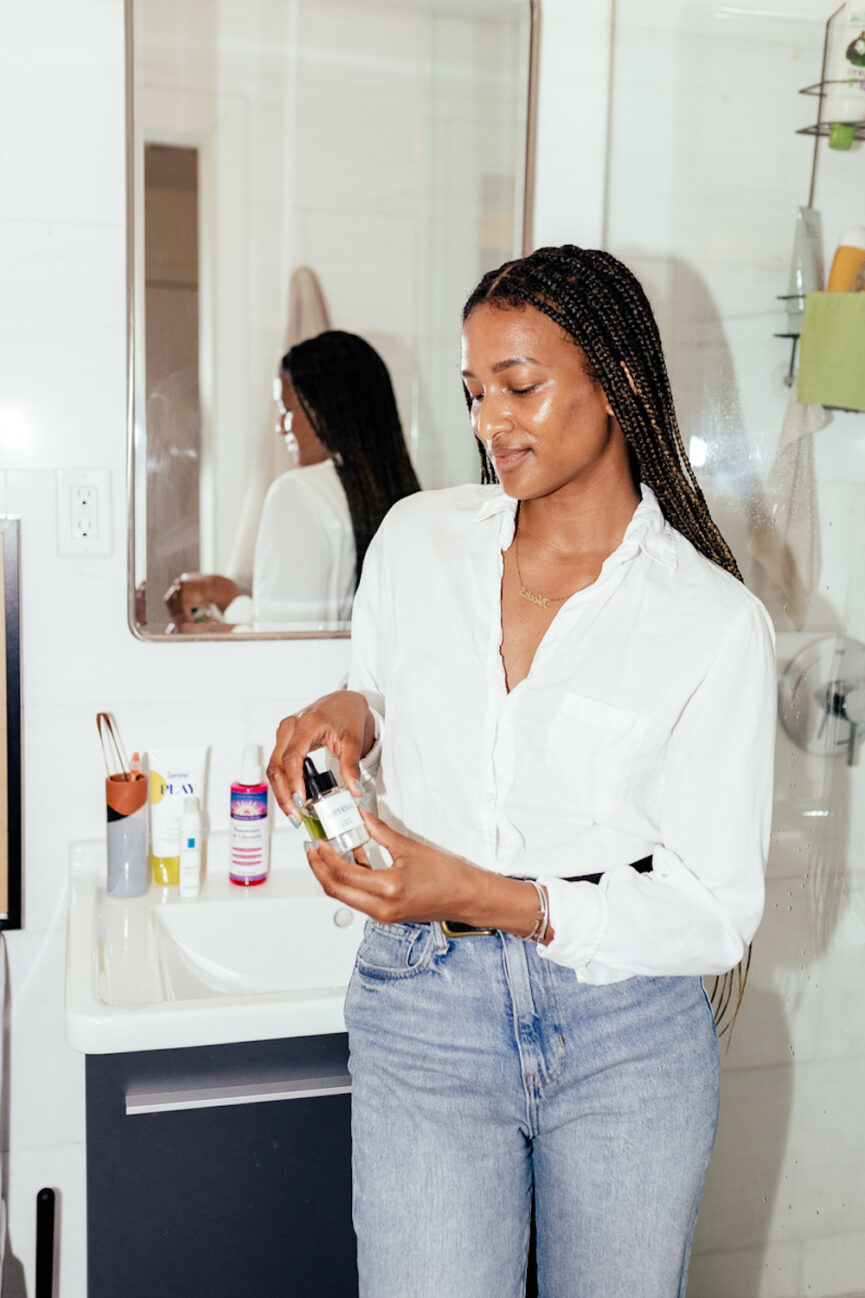
Can you detox your skin with products?
While a lifestyle shift can transform your skin from the inside out, a little help from the right products goes a long way. By doing a skin detox, you can cleanse the dirt and impurities from your skin for a glowing complexion. Whether you experience sensitive skin issues like psoriasis or eczema or you have oily skin prone to breakouts, a skin detox can help prevent irritation and flood your skin with nutrients.
But a detox is a detox. It often means forgoing makeup and abrasive products in favor of double cleansing and increased water intake. It also means engaging in skin-healthy habits like cleaning your makeup brushes and auditing your products for expired makeup. The detoxification process is not just clay masks and moisturizers.
“It can sound very daunting but don’t be afraid of it,” says Athena. “The rewards will be worth it. The next time you don’t have to wear makeup or sunblock for the next few days give it a try!”
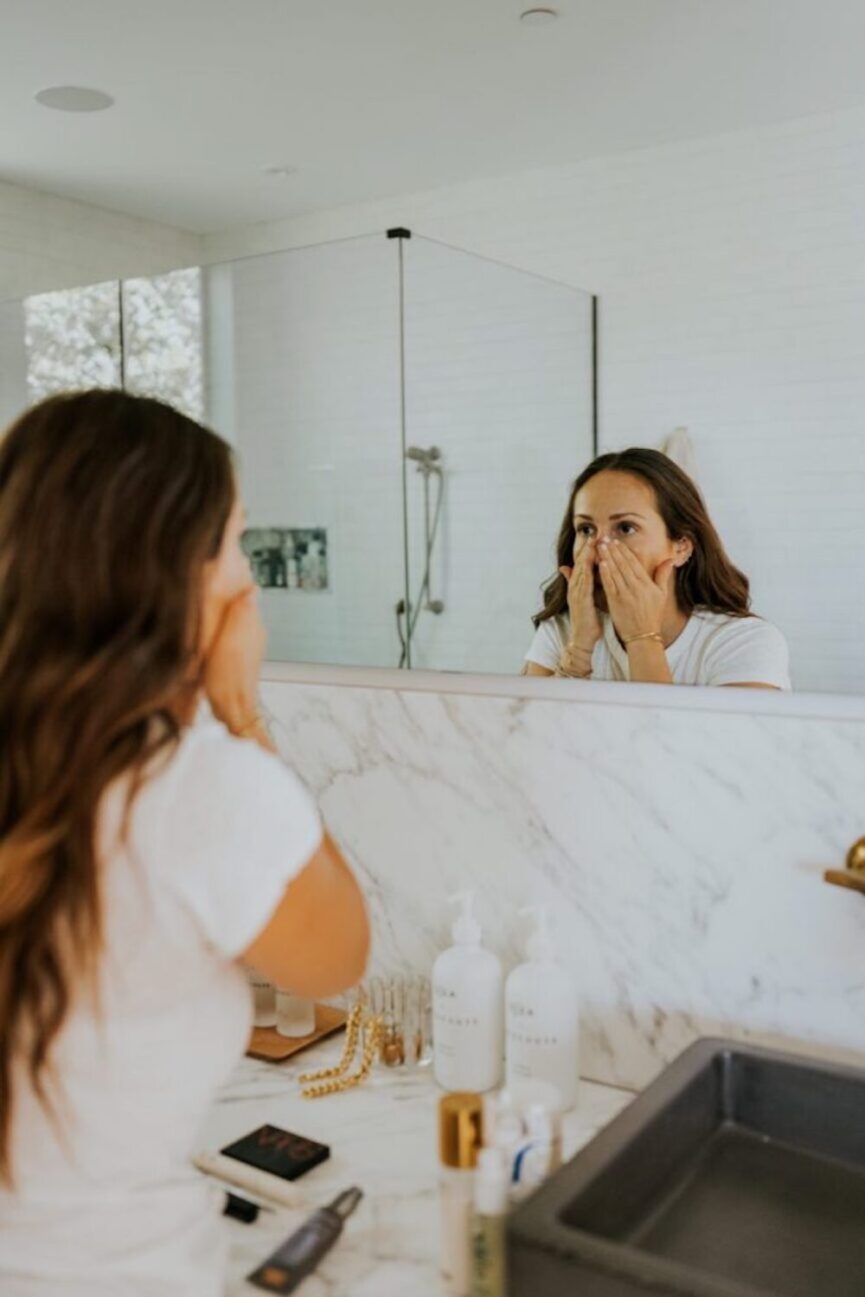
Best Skincare Products to Support a Detox
Insights shared by Athena Hewett, esthetician
Often products that we use on our skin put it in reactive mode when it needs a chance to just be. For a skin detox, try something very mild that won’t tamper with the top layer of the skin (your microbiome or skin barrier). You need your natural good bacteria and oils to flourish. They are there to help fight off the bad bacteria, and if you remove the good bacteria, problems arise.
It can be as little as three days to a week [to detox your skin through skincare products]. But many years ago, when I was struggling with stage 3 acne, I did a detox for six weeks and it completely cleared my skin. I formulated the Rose Cleansing Oil at this time because I needed something that would only sit atop the skin—something that wouldn’t strip or change my skin at all. For the record, I’ve never broken out ever again.
How often should you detox your skin?
It just really depends. If you are using actives or brands that may have ingredients that are not the cleanest, then probably at least every few months.

Your Step-by-Step Guide to a Skin Detox
Every product is curated with care by our editors and we’ll always give an honest opinion, whether gifted or purchased ourselves. If you buy something through our links, we may earn a small commission at no cost to you.
Step 1: Cleanser
Double cleansing can remove impurities from your skin and clear excess sebum. Make sure to choose a cleanser that detoxes without stripping your skin of good oils or disrupting your microbiome.
Step 2: Gentle Exfoliation
Out: harsh, skin-stripping products. In: gentle chemical exfoliants that clear away dead skin cells without harming your microbiome.
Step 3: Detox Serum
Don’t overload your skin with too many serums. For a skin detox, look for pore-clearing ingredients like niacinamide and non-comedogenic hydrators like hyaluronic acid.
Step 4: Lightweight Moisturizer
Your moisturizer might be sabotaging your skin goals. We get it—in the colder months, we want to cocoon our skin with creams upon creams. Pare down to one lightweight moisturizer that clears your pores instead of clogging them.
Step 5: Detoxifying Mask
A mask can be your secret weapon in a skin reset. While some clay masks rupture your moisture barrier and irritate your skin, these masks refresh and reset your complexion.
The post These 3 Foods Are Keeping You From Your Best Skin Ever appeared first on Camille Styles.

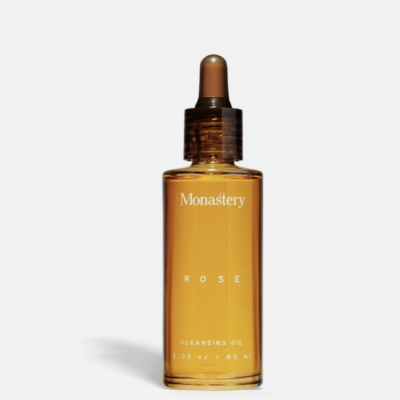
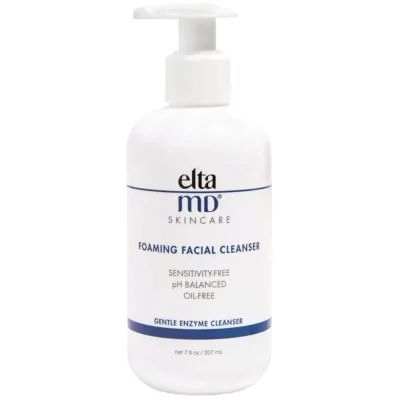
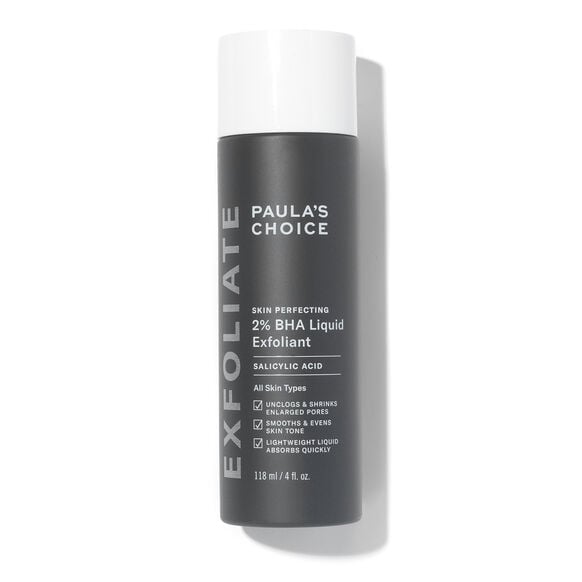

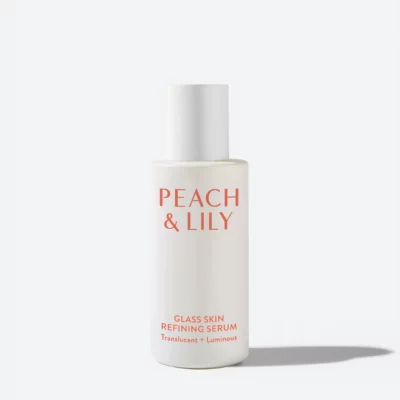
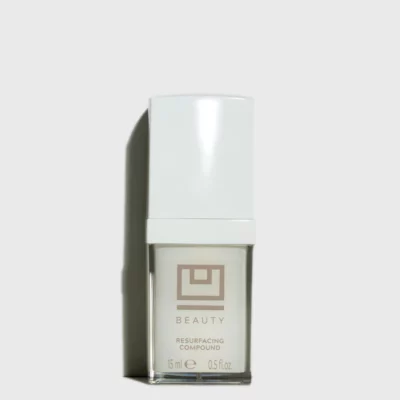

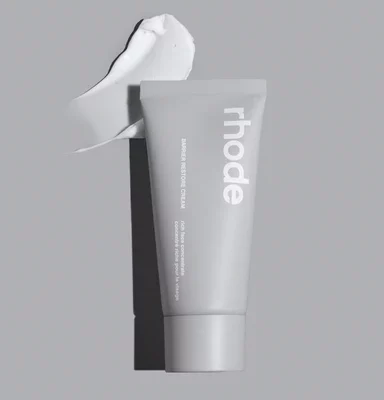
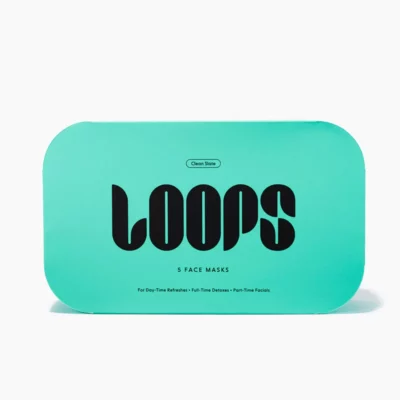
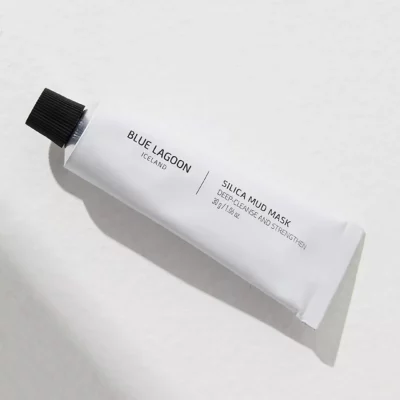

0 Comments